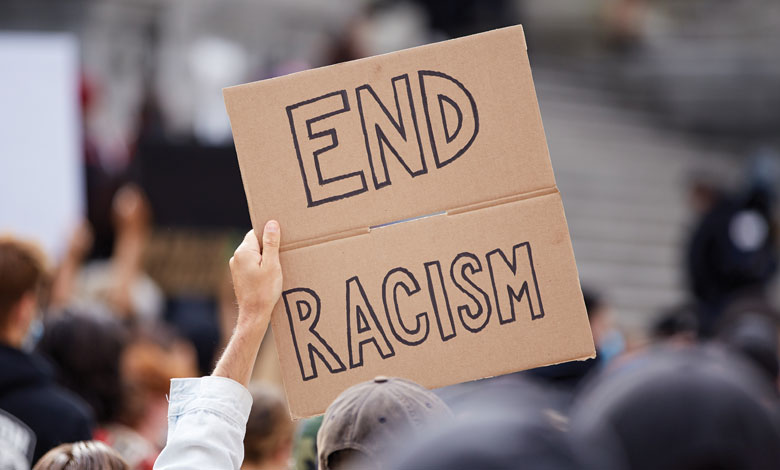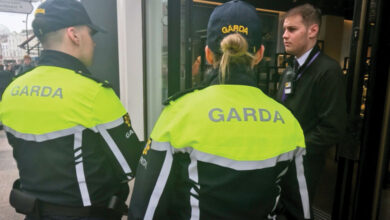The shortfalls of government’s anti-racism plan

Thirty-one months after the launch of the National Action Plan Against Racism (NAPAR) in March 2023, eolas Magazine considers progress on its implementation.
NAPAR commits to “identify and eliminate any policing practice that targets specific racial and ethnic minority groups, including through racial or ethnic profiling”. However, no clear statutory prohibition of racial profiling currently exists in Irish law.
Civil society reports, including those from the Irish Council for Civil Liberties (ICCL) and the Irish Network Against Racism (INAR), have noted the absence of explicit legal bans, detailed definitions, or sanction frameworks. Without legal clarity, policy commitments may be difficult to enforce and victims may have limited formal means of redress.
Data collection and publication disaggregated by race, ethnicity, or other protected grounds remains inconsistent. Policing bodies do not reliably publish statistics on stop-and-search, use-of-force, complaint outcomes, or internal investigations in forms disaggregated by race or ethnicity.
Similarly, the courts and prosecutorial services do not consistently provide breakdowns by racial or ethnic category for charging, sentencing, remand, or judicial decisions. The absence of such data complicates assessment of whether reform efforts are producing equitable outcomes.
Hate crime and racist incidents
Recent Garda figures indicate the number of hate crimes and related discriminatory incidents in Ireland has increased modestly. In 2024, there were 676 hate crimes and hate-related (non-crime) incidents recorded, up from 651 in 2023. Of those 676, 592 were hate crimes and 84 were non-crime hate-related incidents.
“Anti-race” was the most prevalent motive among discriminatory motives, comprising 39 per cent of all recorded motives in 2024, rising from 36 per cent in 2023. “Anti-nationality” also increased, accounting for about a quarter of all discriminatory motives in 2024, compared to about 18 per cent in 2023. The most common categories of crime in which hate motives are evident include public order offences, minor assaults, and criminal damage (not by fire).
Community experience and trust
A Policing Authority-commissioned report, Experiences of Policing Among Brazilians and People of African Descent in Ireland, describes perceptions among affected communities of profiling, dismissive responses to reports of racist incidents, and limited trust in Garda responsiveness.
Similarly, the INAR/ICCL Policing and Racial Discrimination in Ireland report describes differential treatment in interactions with gardaí across a range of settings, including during identity checks, crime reporting, and use-of-force incidents.
Resource constraints and staffing pressures
Recent assessments outline well-documented staffing and resource pressures affecting the Garda. The recruitment and retention of members, as well as constraints in training capacity, are cited among factors limiting performance on policing priorities.
These pressures are reported to complicate implementation of reform measures across oversight, complaints handling, and other obligations under the NAPAR.
Analysis
The increase in reported hate crimes and related incidents suggests somewhat greater reporting or awareness, but does not establish whether the underlying incidence is increasing, or whether reporting remains incomplete.
The persistence of “anti-race” as the leading motive indicates that racial discrimination remains the dominant category among hate motives.
The rise in anti-nationality motives suggests shifts in the pattern of discrimination or harmful attitudes.
Regions and offence types data show that a substantial portion of hate-motivated incidents occur in public order offences, minor assaults, and vandalism.
As of October 2025, several of the institutional frameworks promised under NAPAR are in place. However, the evidence indicates that in the justice and policing domains, several commitments have not yet been fully realised: statutory prohibition of profiling remains unestablished; disaggregated data remains incomplete; and trust among affected communities continues to show deficits.
The recent statistics on hate crime and discriminatory incidents provide measurable data points, however, they also underscore that recording and responding to incidents remains uneven.





